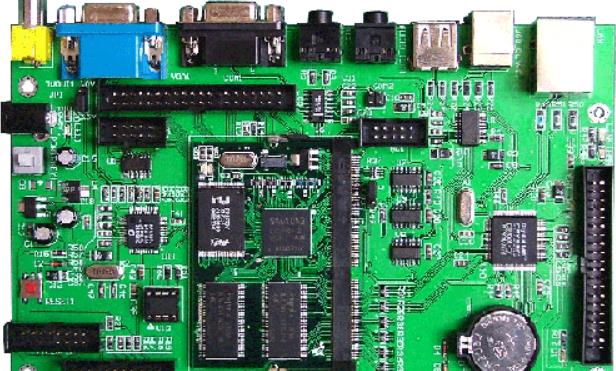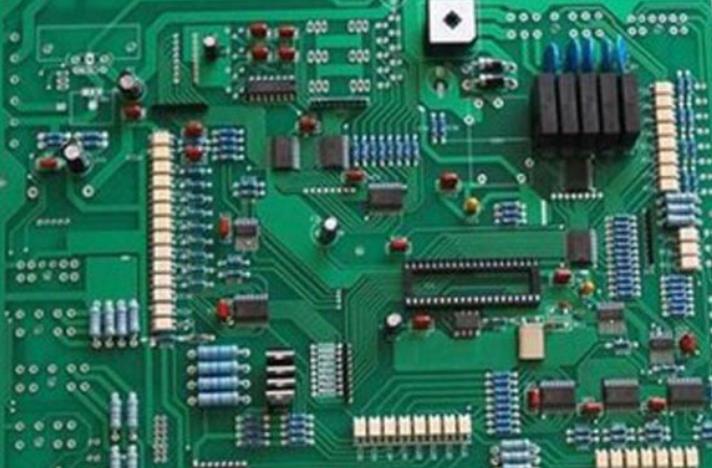
About SMT Chip Computer Control System
Computer control system SMT placement machine usually adopts secondary computer control: the sub level is composed of special industrial control computer system to control the movement of mechanical mechanism; The main control computer uses a PC to realize programming and man-machine conversation The relevant technical parameters, placement accuracy, speed and adaptability of the placement machine are three important characteristics of the placement machine The precision determines the types of components that can be installed by the mounter and their application fields High precision machines can be equipped with fine pitch equipment, such as FQFP, customer service providers, and FC, but the price of such equipment is much higher When purchasing the placement machine, a balance point should be determined between accuracy and price Speed determines the production efficiency and capacity of the placement machine It is obvious to select the placement machine, but the difference between the theoretical speed and the actual speed, as well as the type of placement components or the adaptation of placement machine placement components should be considered Gender, which size components can be connected At present, no mounter can perfectly install all different types of components More precisely, there is no placement machine that can balance placement accuracy, and speed and component size exist at the same time
1. The placement accuracy of the placement machine
The placement accuracy is an important quota for the placement machine. The placement accuracy refers to the mechanical accuracy of the y track movement and the z axis rotation accuracy of the placement machine. Its characteristics are positioning accuracy, repeatability and resolution. Precision is a statistical concept. From a statistical point of view, placement precision is a characteristic distribution of placement quality of placement machines, which can be represented by the average (boat) and standard deviation (b); It can also be used to place the operating capacity of the machine under controlled and normal working conditions, which is represented by the process capability index Cp/Cpk value.
1) Positioning accuracy
Circuit board

Positioning accuracy is the offset of the target installation position relative to the printed board standard after component installation The positioning accuracy of the placement machine mainly depends on the moving accuracy of the placement head on the placement machine * *, the rotation accuracy of the y guide rail and guide rail, and the z axis of the placement head, as well as the resolution of CCD, PCB design, component size accuracy error, programming and other related factors Since the component is stored randomly in the package, the component has three degrees of freedom * *, y, and after picking and placing the head, there is another * *. Yes, in the process of aligning with the pad position on the PCB For these three errors, the center and Ay are caused by the displacement of the mechanical positioning system of the placement machine, which is also called displacement error; A0 is caused by the z-axis rotation correction system in the placement head, which is also called rotation error
2) Repeatability
Repeatability refers to the ability of the placement machine to repeatedly return to the set placement position. To be precise, each motion system's rails,>rails, and e have their own repeatability. Their combination results reflect the placement accuracy of the placement machine. In this case, the sample accuracy given by the placement machine is usually represented by the repeatability of the placement machine.
3) Resolution
Resolution refers to the minimum increment of mechanical displacement of the placement machine. It depends on the resolution of the rotary or linear encoder on the servo motor and shaft drive mechanism, and is a means for the placement machine to achieve high-precision placement. At present, the resolution of a good placement machine has reached 0.0024/pulse, that is, when the placement head receives the pulse command, it will only rotate 0.0004. Under normal conditions, the resolution of the placement machine using optical/magnetic ruler is higher than that of the placement machine using code. Resolution is rarely used to comprehensively describe the machine performance, which is usually not included in the technical specifications of the mounter. The performance index of resolution is only used to compare the performance of the mounter.
The relationship between the above three is interrelated, and usually the resolution is the basis, while the use of high-resolution means determines the good positioning accuracy of the placement machine. However, sometimes, due to improper assembly and adjustment, a well positioned machine may have a rule deviation in one direction after placement, but it is regular. At this time, readjust the machine for correction.
The placement accuracy in actual production refers to the alignment deviation between the device pin and the corresponding pad However, because the placement process is a dynamic process, PCB placed on it is constantly replaced, and each PCB is manufactured by corrosion methods, including reference point marking, pad, equipment size error, patch adhesive and solder paste will have an impact on it. In addition to the accuracy of the placement machine itself, the placement accuracy of the placement machine should also include PCB pad positioning error, pad size error, PCB lamp drawing error, and wafer component manufacturing error
4) Process capability index
The process capability index reflects the ability to ensure product quality when the process is in a normal state, and is expressed quantitatively by numerical value. The meaning of the processing capacity index q value and Cpk value of the placement machine refers to the placement capacity of the placement machine that meets the quality requirements under normal working conditions, and it is quantified.









